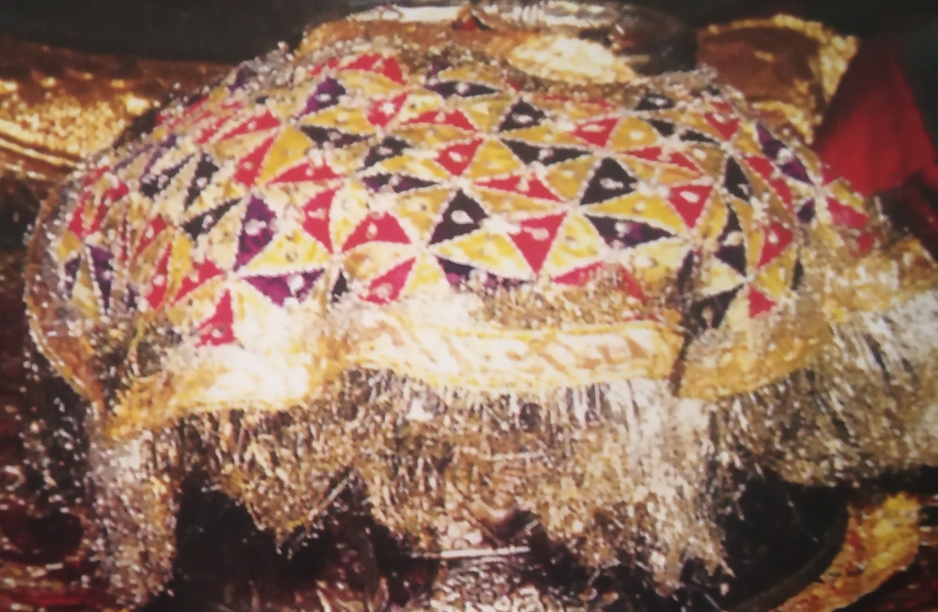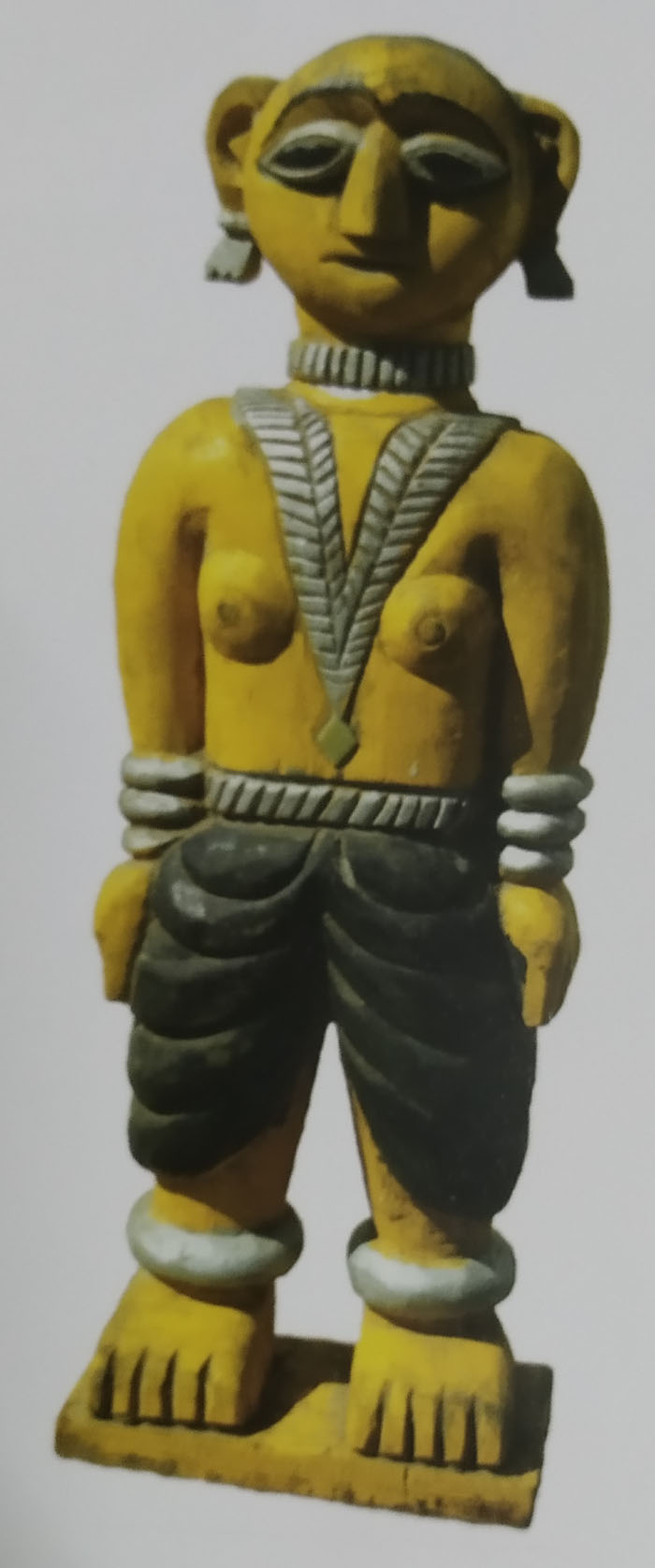A unique and original embroidery of the Nawabi era in Awadh was Chatta-patti work. This work was labour- intensive cutwork with differing fabric patches sewn together to form a larger piece that was then used as tray and other covers, or stitched into garments like kalidar paijamas and farshi paijamas the elaborate and fashionable trousers. The finished paijama was called tukri-ki got-ka-paijama ‘ indicating the use of fabric patches sewn together to form a larger piece.
The workmanship consisted in cutting pattern based a template of cardboard called farma. Different fabrics with varying colors and designs were carefully selected and cut according to the farma pattern. These fabric pieces were then skilfully stitched together to make a range of designs in different colours and arrangements.
Chatta-patti has a rich repertoire of patterns. The most common was the mahapusht that is in the shape of fish scales as it was inspired by the emblem of the Nawabs of Awadh. The level of complexity in the workmanship depended on the number of angles involved in the pattern. The most difficult patterns were the sitare-ki-gote star-shaped and ashtpahal having eight sides. Other patterns included chariyon-ki-gote straight vertical lines, gilloriyon or singhare-ki-gote triangular- shaped, patake-ki-gote square-shaped, namakpare-ki-gote diamond-shaped, katari-ki-gote semi-circular shaped, koni-ki-gote horizontal zig-zag design and aari-chariyon-ki-gote diagonal lines.
These pieces were then skilfully sewn together, according to a particular colour scheme to make up the fabric that could then be put to various uses. The colours used were customarily rani – pink-purple, yellow, pistai –pistachio green, firozi -turquoise, pyazi – onion colour and baingani – violet. The artisans often juxtaposed light and dark shades to create a visually striking contrast. Popular color combinations included orange-green, cream-maroon, and purple-yellow, among others.
Gallery
YOUR VIEWS
PRACTITIONERS: INDIA
Access 70,000+ practitioners in 2500+ crafts across India.
BIBLIOGRAPHY
10,000+ listings on arts, crafts, design, heritage, culture etc.
GLOSSARY
Rich and often unfamiliar vocabulary of crafts and textiles.
SHOP at India InCH
Needs to be written.






